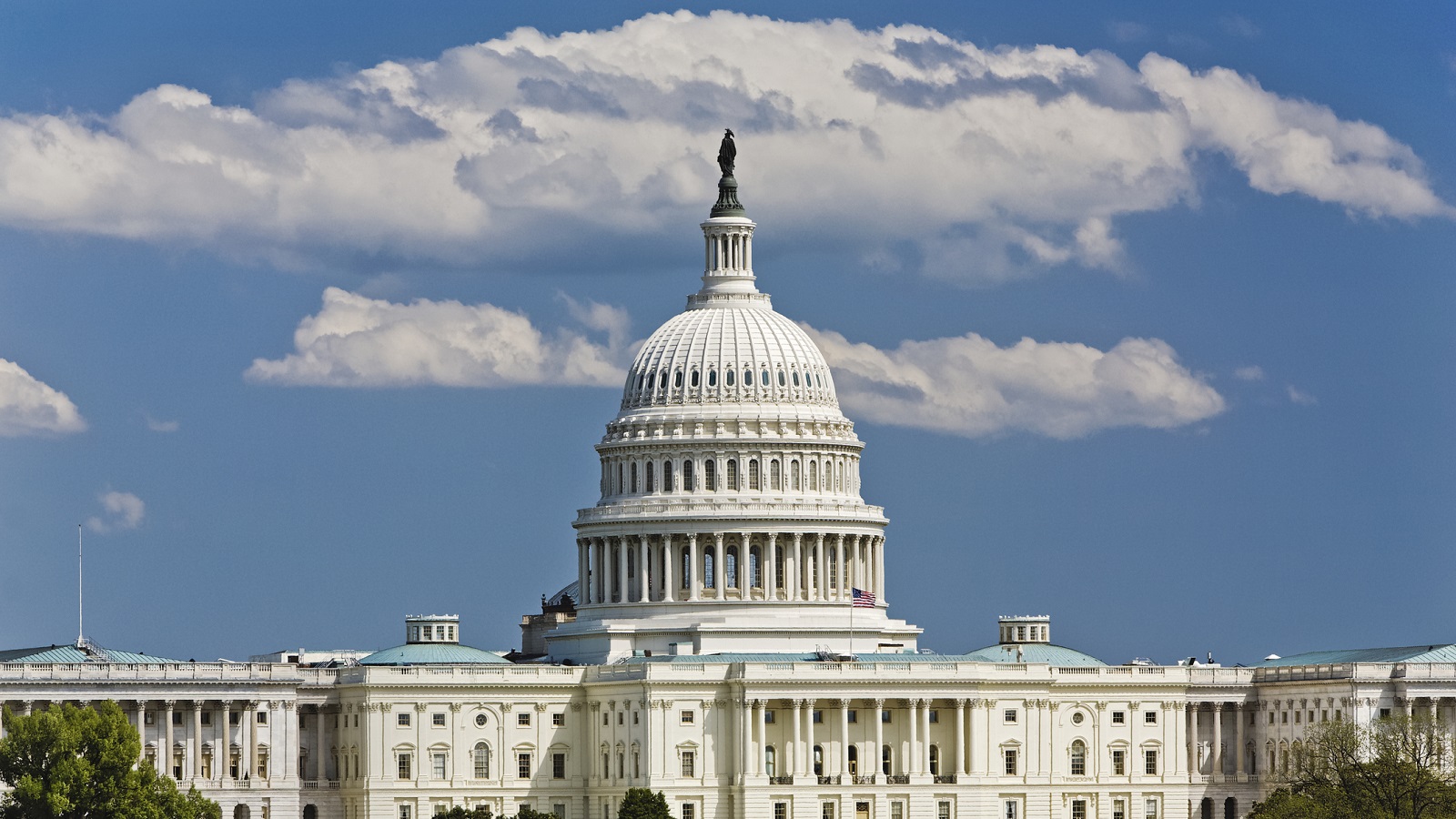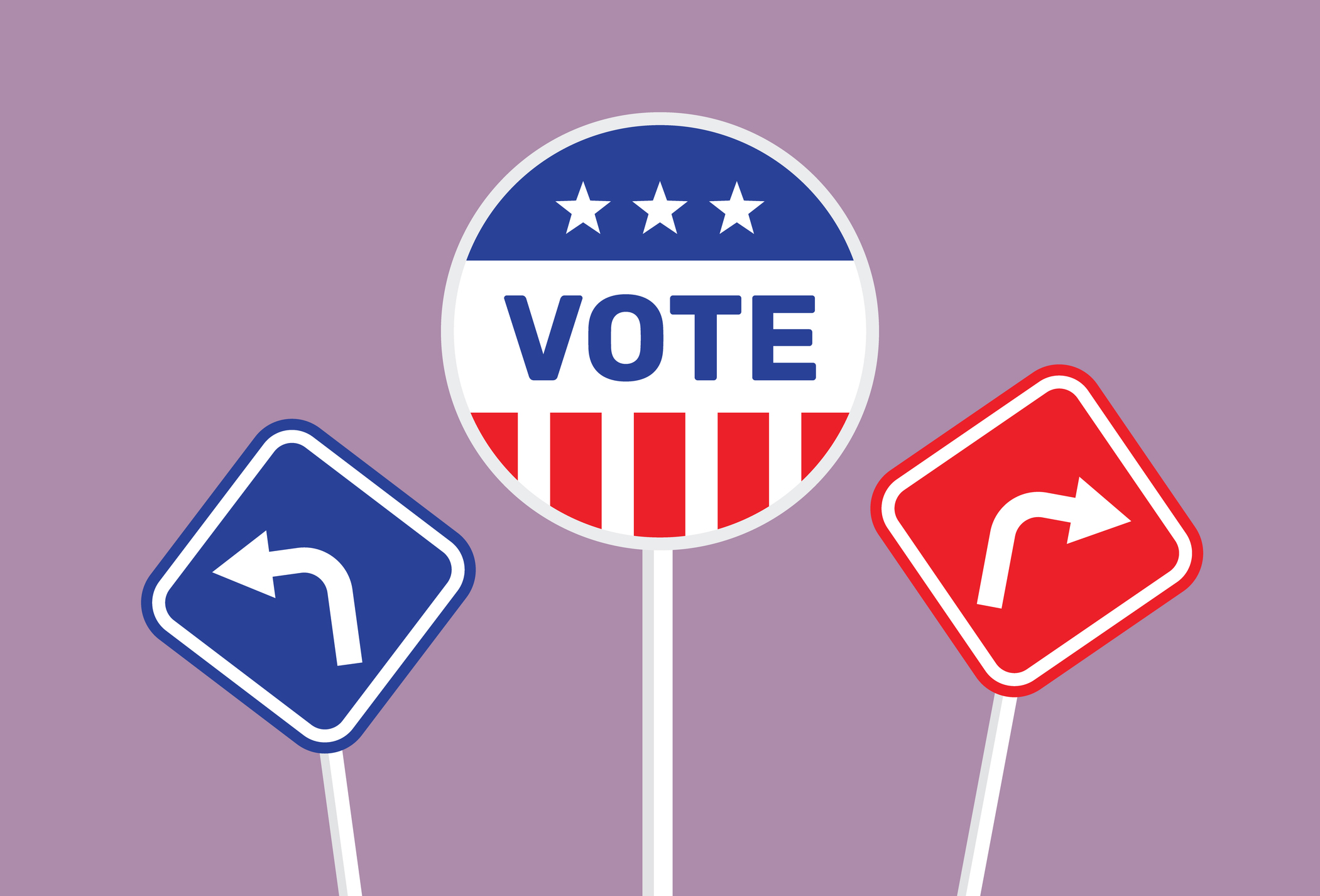A Surtax on Upper Incomes? Don't Count It Out
But don't dismiss the surtax just yet: It's still a live option for lawmakers struggling to figure out how to pay for overhauling the health care system.
A surtax on upper income taxpayers might look like an idea that's going nowhere, given the firestorm that erupted when a House committee moved to add it the health care reform bill pending in the House.
But don't dismiss the surtax just yet: It's still a live option for lawmakers struggling to figure out how to pay for overhauling the health care system. And even if Congress gives it a thumbs-down this year, be prepared: The surtax idea will be back. Top congressional Democrats have long eyed it as a hefty revenue raiser, and they see it as a way to foot the bill for middle income tax relief.
True, opposition to the pending surtax proposal has been pretty vociferous. That's partly because the proposal -- an extra 1%, 1.5% or 5.4% of income tax on top of what you're already paying, depending on your income -- would start at what opponents say are relatively low levels: Modified adjusted gross incomes of more than $280,000 a year for single taxpayers and modified AGI over $350,000 for couples. (Modified AGI is AGI less amounts that itemizers deduct for investment interest.) Critics argue that owners of unincorporated businesses -- who report their business income on their personal tax returns -- would be hit hard by the surcharge, because $280,000 of modified AGI isn't a king's ransom for a business owner.

Sign up for Kiplinger’s Free E-Newsletters
Profit and prosper with the best of expert advice on investing, taxes, retirement, personal finance and more - straight to your e-mail.
Profit and prosper with the best of expert advice - straight to your e-mail.
So House Speaker Nancy Pelosi has said she's looking at changing the proposal before it comes to a vote in the House so that the surtax would start at higher levels -- $500,000 of modified AGI for singles and $1 million for married couples. Even at those levels, the surtax faces tough going in the Senate, which has shown no inclination to use that type of levy to pay for health care reform.
But consider this: None of the other big revenue raisers being considered as offsets for the cost of health care overhaul are any less controversial than a surtax. Look at some of the other ideas on the table: Limiting the income exclusion that employees enjoy for their employer-provided medical coverage. Taxing gold-plated health insurance plans. And placing new limits on the itemized deduction for medical expenses. None are gaining any traction. So don't rule out the surtax just yet.
If a surtax does go down in flames this year, why worry that it might resurface? Because the need to raise revenues is only going to intensify down the road, when the Bush tax cuts expire. President Obama and congressional Democrats have made it clear that they want to retain those tax cuts for single taxpayers with taxable incomes of around $190,000 and couples with about $230,000. But to accomplish that goal, someone's ox is going to have to be gored. It's very likely that the ox, in this case, will be the upper-income taxpayer.
Get Kiplinger Today newsletter — free
Profit and prosper with the best of Kiplinger's advice on investing, taxes, retirement, personal finance and much more. Delivered daily. Enter your email in the box and click Sign Me Up.
-
 Planning for Health Care Costs in Retirement: A Comprehensive Guide
Planning for Health Care Costs in Retirement: A Comprehensive GuideMedical expenses aren't slowing down, and if you're not prepared, they can hit you like a ton of bricks.
By Bob Chitrathorn
-
 When Should You Hand Over the Keys — to Your Investments?
When Should You Hand Over the Keys — to Your Investments?The secret to retirement planning? "The best time to hand over the keys is before you’ve realized you need to hand over the keys."
By Maurie Backman
-
 Why You May Owe More Tax Soon on Popular Employee Benefits
Why You May Owe More Tax Soon on Popular Employee BenefitsTax Law Workers could foot the tax bill for employer-provided benefits like parking, gyms, and meals.
By Kate Schubel
-
 Are Armed IRS Agents Headed to the Border?
Are Armed IRS Agents Headed to the Border?IRS Enforcement The Trump administration is considering a controversial move to redeploy some IRS agents.
By Kelley R. Taylor
-
 Trump Federal Employee Buyout Offer: What It Means for You Now
Trump Federal Employee Buyout Offer: What It Means for You NowLaw & Politics The federal deferred resignation program accepted by thousands of workers continues to cause confusion and concern.
By Kelley R. Taylor
-
 ‘Back to the Old Days’? What’s Wrong With Trump’s Plan to Abolish Income Tax
‘Back to the Old Days’? What’s Wrong With Trump’s Plan to Abolish Income TaxTax Policy The likelihood of Trump eliminating income tax and the IRS remains low, but the ongoing debate highlights the need for tax reform.
By Kelley R. Taylor
-
 No New IRS Agents? What Trump’s Federal Hiring Freeze, Firings Mean for Your Taxes
No New IRS Agents? What Trump’s Federal Hiring Freeze, Firings Mean for Your TaxesIRS Will an executive order and firing IRS workers reshape the federal tax agency and impact how long it takes to get your tax refund?
By Kelley R. Taylor
-
 Trump's ‘One Big, Beautiful Bill’ With Trillions in Tax Cuts: House Moves Forward
Trump's ‘One Big, Beautiful Bill’ With Trillions in Tax Cuts: House Moves ForwardTax Policy Is it possible to combine taxes, border security, and energy policy into a single piece of legislation to be passed within Trump's first 100 days?
By Kelley R. Taylor
-
 The TCJA May Help Nonprofits Next Year: Here’s Why
The TCJA May Help Nonprofits Next Year: Here’s WhyTax Law A potential TCJA extension could help nonprofits. But is it enough to keep up with inflation?
By Kate Schubel
-
 Election 2024 Childcare Debate: Harris-Walz vs. Trump-Vance Plans
Election 2024 Childcare Debate: Harris-Walz vs. Trump-Vance PlansElection As Election Day approaches, the Republican and Democratic tickets present different ideas for childcare and family tax credits. Here's what to know.
By Gabriella Cruz-Martínez